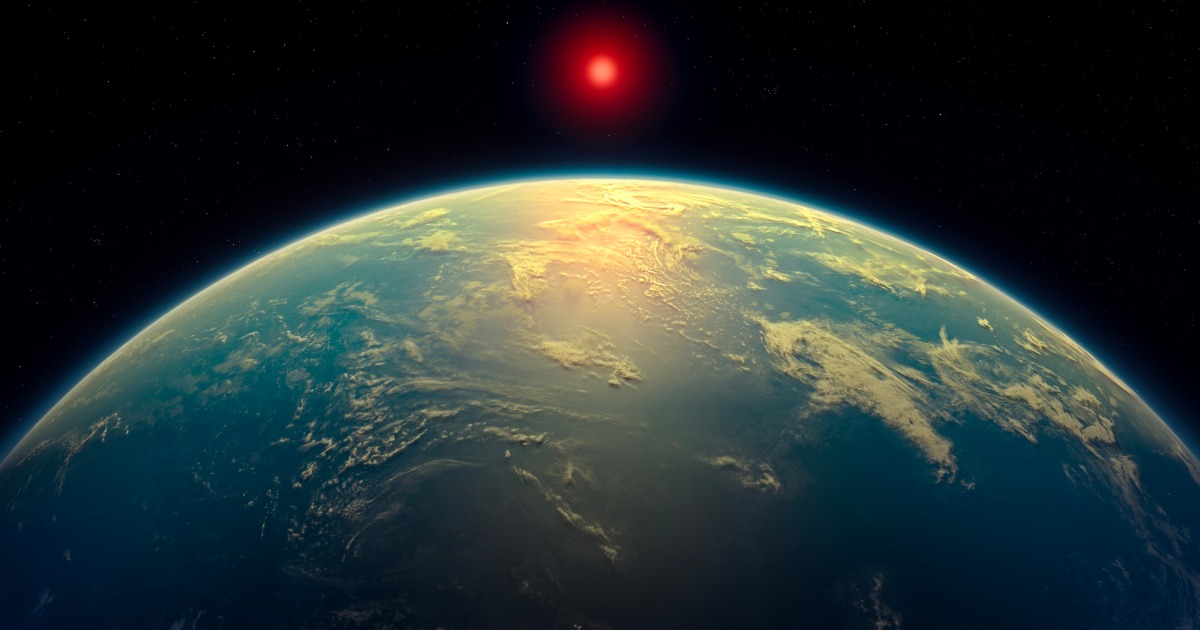
Stationary Phase
In space and astronautical engineering, the stationary phase refers to the period of time during a spacecraft's orbit when it is closest to the body it is orbiting, such as a planet or moon. During this phase, the spacecraft's velocity is at its slowest and it experiences the strongest gravitational pull from the body it is orbiting. This phase is important for a variety of reasons, including the ability to perform scientific observations and experiments, as well as for spacecraft operations such as maneuvering and communication. Additionally, the stationary phase is a critical time for spacecraft to conserve fuel and maintain stability in their orbit.
Your Previous Searches
Random Picks
- Signal-to-Noise-Ratio (SNR): Signal-to-Noise-Ratio (SNR) is a measure of the strength of a signal relative to the background noise in a communication system. In space and astronautical engineering, SNR is an important parameter in the design and operation of communicat ... Read More >>
- Director: In the context of space and astronautical engineering, a Director is a high-level executive who oversees and manages the operations of a space agency or organization. The Director is responsible for setting strategic goals and objectives, d ... Read More >>
- Light Intensity: Light intensity refers to the amount of light energy that passes through a unit area per unit time. In space and astronautical engineering, light intensity is an important factor to consider when designing and operating spacecraft and other ... Read More >>
Top News

This week on "Sunday Morning" (April 20)...
A look at the features for this week's broadcast of the Emmy-winning program, hosted by Jane Pauley....
News Source: CBS News on 2025-04-17

Scientists detect strongest hints yet of life on a distant planet...
Scientists have detected unique chemical patterns similar to those produced by the Earth's algae and seaweed — raising the possibility of the presence of a warm ocean, perhaps teeming with life, on ...
News Source: NBC News on 2025-04-17

Is there life on another planet? Scientists find the strongest evidence yet...
Near a planet far, far away astronomers have found traces of chemicals that on Earth are only produced by living beings....
News Source: Al Jazeera English on 2025-04-17

Scientists find strongest evidence yet of life on an alien planet | CNN...
In a potential landmark discovery, scientists using the James Webb Space Telescope have obtained what they call the strongest signs yet of possible life beyond our solar system, detecting in an alien ...
News Source: CNN on 2025-04-17
Katy Perry's trip to space wasn't inspirational. It was tone-deaf marketing....
Katy Perry indulged in a space tourism trip Monday, courtesy of Jeff Bezos' company. It's the latest in a long line of missteps for the singer....
News Source: Business Insider on 2025-04-14